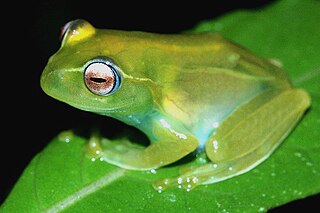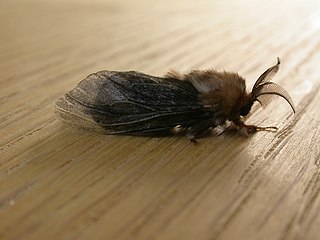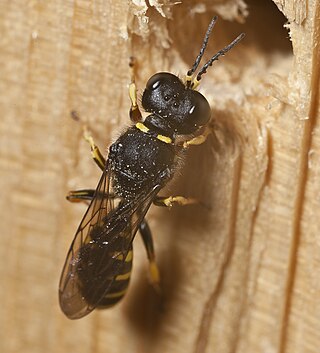
Paroedura is a genus of geckos, endemic to Madagascar and the Comoros. These geckos are typically terrestrial, though the young of most species can climb until they are too heavy for their feet to support.
Paracontias is a genus of skinks, lizards in the family Scincidae. The genus is endemic to Madagascar.

Elettaria is a genus of flowering plants in the family Zingiberaceae. They are native to India and Sri Lanka, but cultivated and naturalized elsewhere. One member of the genus, E. cardamomum, is a commercially important spice used as a flavouring agent in many countries.

Mantidactylus is a frog genus in the mantellid subfamily Mantellinae. This genus is restricted to Madagascar. The genus is divided into several subgenera that form monophyletic genetic clusters and are ecologically similar.
Haemogregarina is a genus of haemoprotozoans, parasitic mainly on cold-blooded vertebrates. They are unicellular organisms which are parasitic in the red blood cells. Haemogregarina infects lower vertebrates as intermediate hosts and leeches.

Ixodes is a genus of hard-bodied ticks. It includes important disease vectors of animals and humans, and some species inject toxins that can cause paralysis. Some ticks in this genus may transmit the pathogenic bacterium Borrelia burgdorferi responsible for causing Lyme disease. Additional organisms that may be transmitted by Ixodes are parasites from the genus Babesia, which cause babesiosis, and bacteria from the related genus Anaplasma, which cause anaplasmosis.

Boophis is the only genus in the mantellid frog subfamily Boophinae. They are commonly known as bright-eyed or skeleton frogs. They show typical 'tree frog' traits, and are a good example of convergent evolution with morphologically similar species in the families Hylidae and Rhacophoridae, among others. This genus can only be found on Madagascar and Mayotte Island (Comoros).
Amplirhagada is a genus of air-breathing land snails, terrestrial pulmonate gastropod mollusks in the family Camaenidae. This genus is endemic to the Kimberley region in northwesternmost Western Australia, where it represents the most species-rich genus of land snails.

Madagasikara is a genus of tropical freshwater snails with an operculum, aquatic gastropod molluscs in the family Pachychilidae.

Camaenidae is a family of air-breathing land snails, terrestrial pulmonate gastropod mollusks in the superfamily Helicoidea, the typical snails and their allies. This is one of the most diverse families in the clade Stylommatophora.

Gephyromantis is a frog genus in the mantellid subfamily Mantellinae. This genus is restricted to Madagascar. At present it contains 45 species divided into six subgenera.

Clania ignobilis, the faggot case moth, is a species of moth of the family Psychidae. It is found in New South Wales, Queensland, South Australia, Tasmania and Victoria.

Diasporus is a genus of frogs in the family Eleutherodactylidae. The genus was first described in 2008. They are found in Central and northern South America. They are sometimes referred to as dink frogs, in reference to the "tink" sound that males make during the mating season.

Crossocerus is a genus of square-headed wasps in the family Crabronidae. There are at least 250 described species in Crossocerus.

Ectemnius is a genus of wasps in the family Crabronidae. 188 species are known. The genus is found around the world but Australia has only two species.

Pliopithecoidea is an extinct superfamily of catarrhine primates that inhabited Asia and Europe during the Miocene. Although they were once a widespread and diverse group of primates, the pliopithecoids have no living descendants.
Gunther Köhler is a German herpetologist. His research is primarily focused in Central America and in the West Indies.

Madascincus is a genus of skinks, lizards in the family Scincidae. The genus is endemic to Madagascar. Some taxonomic authorities place the group in the genus Amphiglossus.














